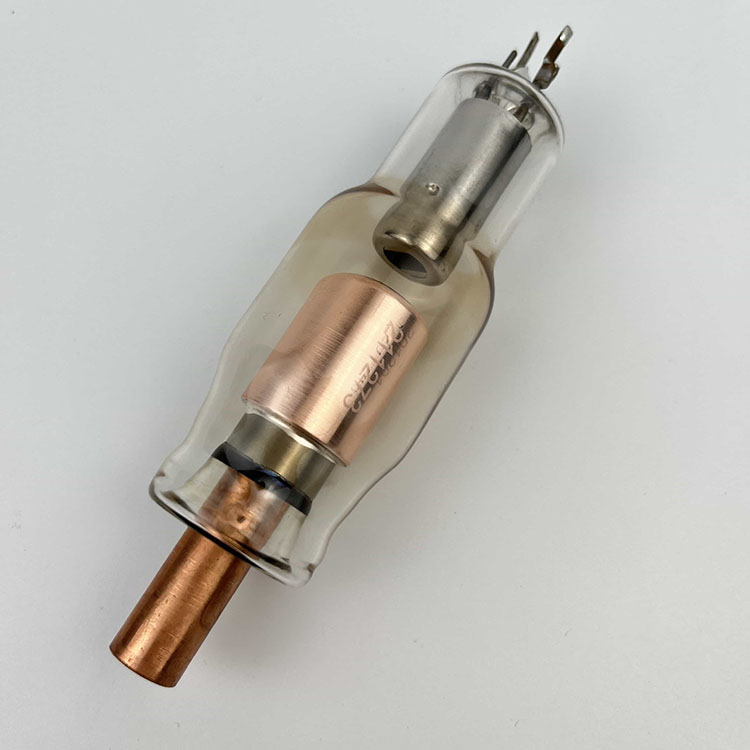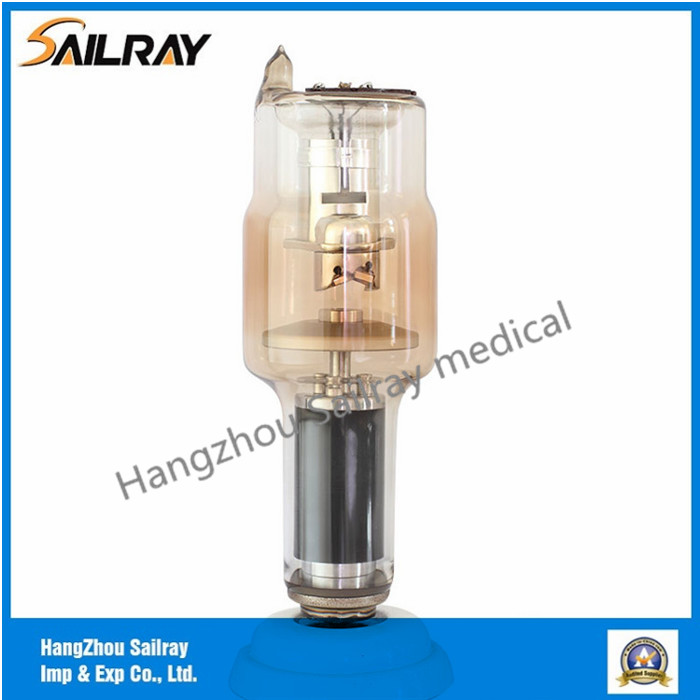Stationary anode X-ray tubes and rotating anode X-ray tubes are two advanced X-ray tubes widely used in medical imaging, industrial inspection and other fields. They have their own advantages and disadvantages and are suitable for different application fields.
In terms of similarity, they both have a cathode that emits electrons when electricity is applied through a power source, and the electric field accelerates these electrons until they collide with the anode. Both also include beam limiting devices to control the size of the radiation field and filters to reduce scattered radiation. Furthermore, their basic structures are similar: both consist of a vacuumed glass enclosure with an electrode and target at one end.
However, there are also some major differences between the two types of tubes. First, stationary anodes are designed for low-voltage applications, while rotating anodes can be used in low- or high-voltage systems; this enables the use of higher energy levels at shorter exposure times when using rotating equipment than when using stationary equipment to provide more of penetrating radiation. The second difference is how the heat generated by the high-intensity beam is dissipated - while the former has cooling fins on its housing to remove heat from the system during operation through the process of convection; the latter employs a water jacket around its outer wall , cools down during rotation due to the circulation of water through its pipes, quickly removing excess heat before damaging any of its internal components. Finally, due to the complex design features such as vacuum sealing and dynamic mechanical parts integrated into its design, rotating anodes are much more expensive compared to stationary anodes, which makes them easier to maintain in the long term without the need for other practices As is common in frequent replacements follow up today!
All things considered, it is clear that the choice between stationary or rotating anode X-ray tubes depends largely on the application in which you intend to use them: if low level radiography is required, then the cheaper option It will suffice, but if very intense beams need to be generated quickly, then the only option available will remain the same, which is to continue investing in the latter type mentioned earlier. Each type offers so many benefits that no matter what their final decision is, we guarantee customer satisfaction!
Post time: Mar-06-2023



